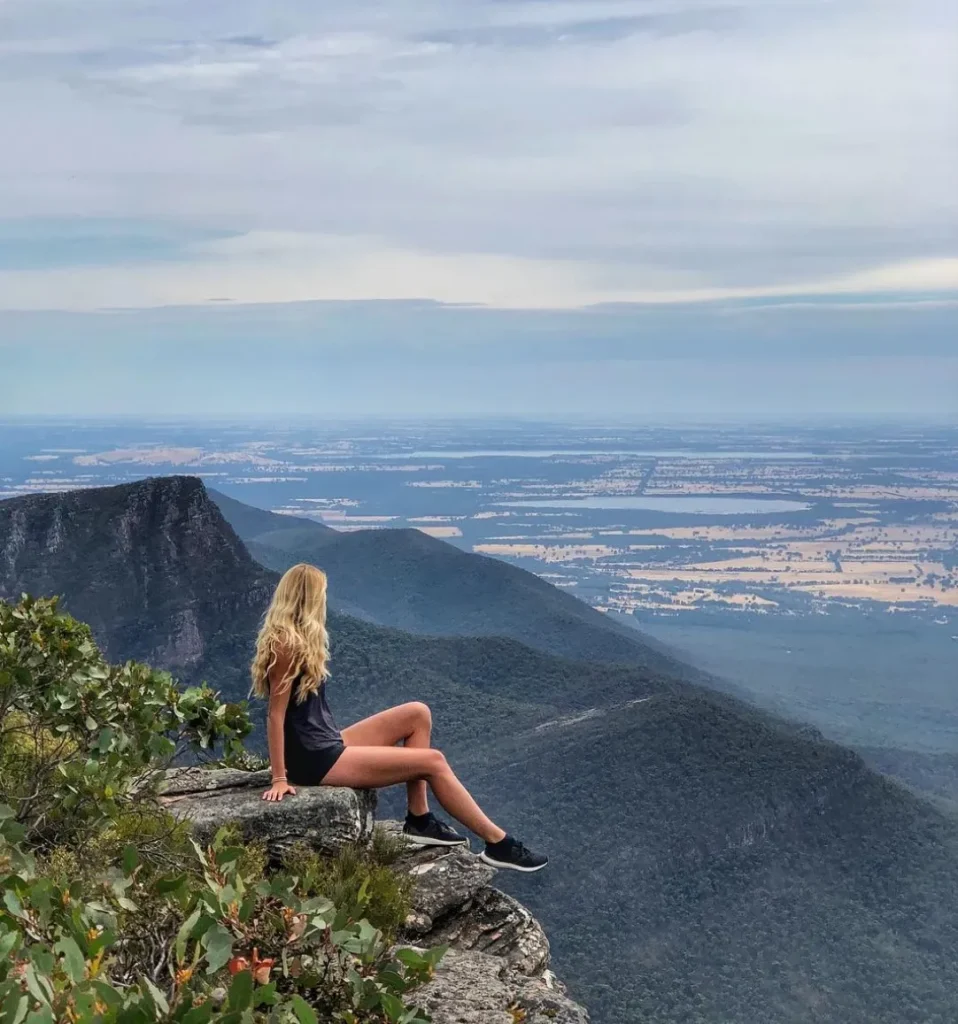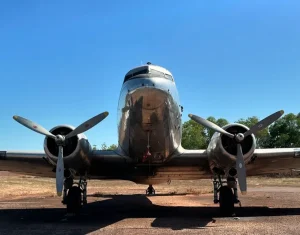The Grampians National Park is one of the best places in Australia for nature and wildlife buffs—167,000 hectares of natural beauty, forests, wetlands and mountains. The wildlife is the highlight of any trip, wild kangaroos, emus, koalas and native birds. Whether you’re a seasoned wildlife photographer or just a casual observer, the Grampians will be a trip to remember.
The Natural Habitat of the Grampians National Park
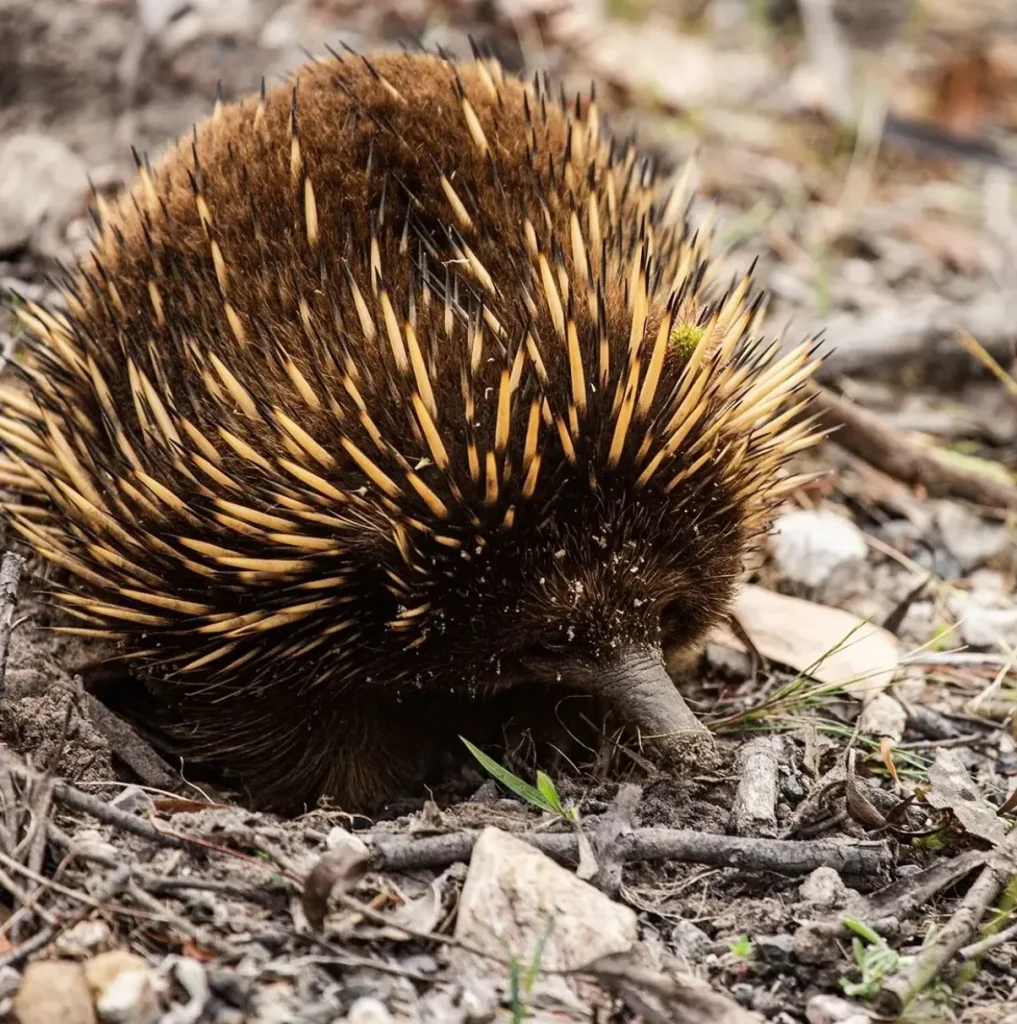
The Grampians National Park is home to many native animals thanks to its diverse landscapes of rugged cliffs, dense eucalyptus forests and open grasslands. The park’s habitat supports everything from wild animals like kangaroos and echidnas to more elusive creatures like tree dwelling possums and gliders.
Halls Gap, a small town in the heart of the Grampians, is the main entry point to the park. This area is known for its wildlife and is one of the best places to see Eastern Grey kangaroos. In fact, you can see kangaroos lounging around picnic areas or hopping across the plains in the late afternoon.
The Grampians also has a wide variety of flora with over 1,000 native plant species. This diversity of plant life provides the perfect habitat for native birds, mammals and reptiles to thrive and makes it a biodiversity hotspot in Western Australia.
Kangaroos in the Grampians: A Wildlife Show
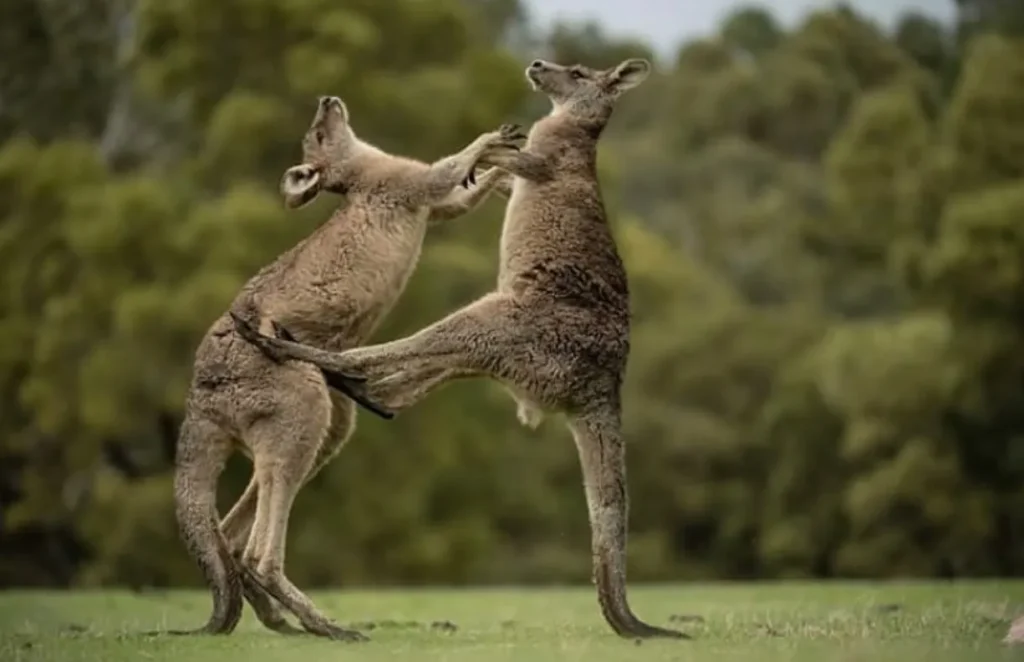
When it comes to spotting wild kangaroos, the Grampians National Park is one of the best in Australia. The park is full of Eastern Grey kangaroos, which can be found grazing on the open plains or in forest clearings. Halls Gap is a great place to get up close and personal. These kangaroos are most active in the early morning and late afternoon, so those are the best times to do wildlife viewing.
One of the best things about watching kangaroos in the Grampians is the numbers. You’ll see large mobs of them, sometimes dozens of them. They’re on the Australian coat of arms and an iconic symbol of Australian wildlife.
For those who want to learn more about kangaroos and their habits, there are guided tours in the Grampians that offer interactive animal encounters. These Grampians tours allow you to learn about kangaroos’ natural behaviour, diet and habitat while observing them in the wild.
Where to See Emus: Australia’s Biggest Flightless Birds
Emus are another of the Grampians National Park’s iconic features. These big, flightless birds can be found foraging in open areas or near water. If you’re lucky, you might see an adult emu or even a whole family group wandering through the park.
The best places to see emus in the Grampians are near MacKenzie Falls, the Mount William Range and the open plains around Halls Gap. These areas have the space emus love. Known for being curious and a bit bold, emus are fun to watch as they roam across the landscape.
Emus are also on the Australian coat of arms, representing the country’s wildlife and heritage. As flightless birds, they play a vital role in the Australian landscape, dispersing seeds and maintaining healthy native ecosystems. Having emus in the Grampians adds to the fun of any wildlife adventure.
Other Native Animals
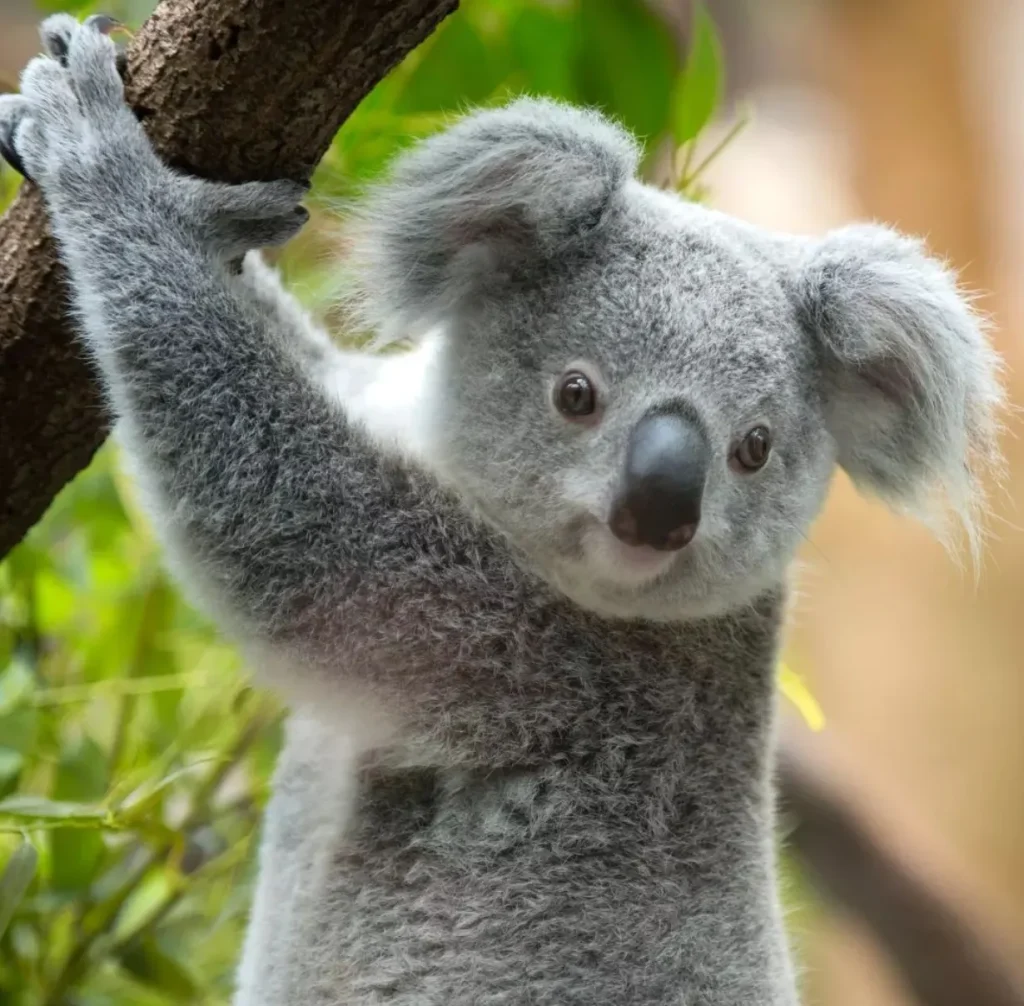
Beyond kangaroos and emus, the Grampians have other native animals to see so that you can experience all of Australian wildlife. Some of the others are:
- Koalas: Mostly found in the eucalyptus trees, koalas are a rare but cool sight in the Grampians. Look out for them near MacKenzie Falls and the Wartook Valley.
- Echidnas: These small, spiny little critters are often seen foraging for insects along trails. Although they are shy and reclusive, lucky visitors might see them during warmer months.
- Tree Kangaroos: Not as common but sometimes seen in the forested areas of the park. These arboreal animals are highly elusive and normally found in tropical regions but the Grampians’ varied landscape allows them to live in certain areas.
- Birdlife: With over 200 species of native birds, the Grampians is a birdwatcher’s heaven. From wedge-tailed eagles soaring overhead to the kookaburra’s laugh, the park is alive with bird activity. The wetlands and woodlands are important nesting and feeding grounds for many Australian birds, so they are among the best places to see a range of birds in their natural habitat.
Biodiversity Hotspot
The Grampians National Park is often compared to other wildlife hotspots like Kangaroo Island, Phillip Island and Tower Hill Wildlife Reserve because of its incredible wildlife. These places share the theme of natural beauty and Australian wildlife. However, the Grampians are different because of their mountains, which give a different kind of wilderness experience to the coastal regions of South Australia or Western Australia.
The Grampians is an important conservation area. Efforts are made to preserve the park’s ecosystems so the native wildlife is protected for future generations. Visitors are asked to respect the park’s environment by staying on the trails, not disturbing the animals and practising responsible tourism.
Other Wildlife Hotspots in Australia
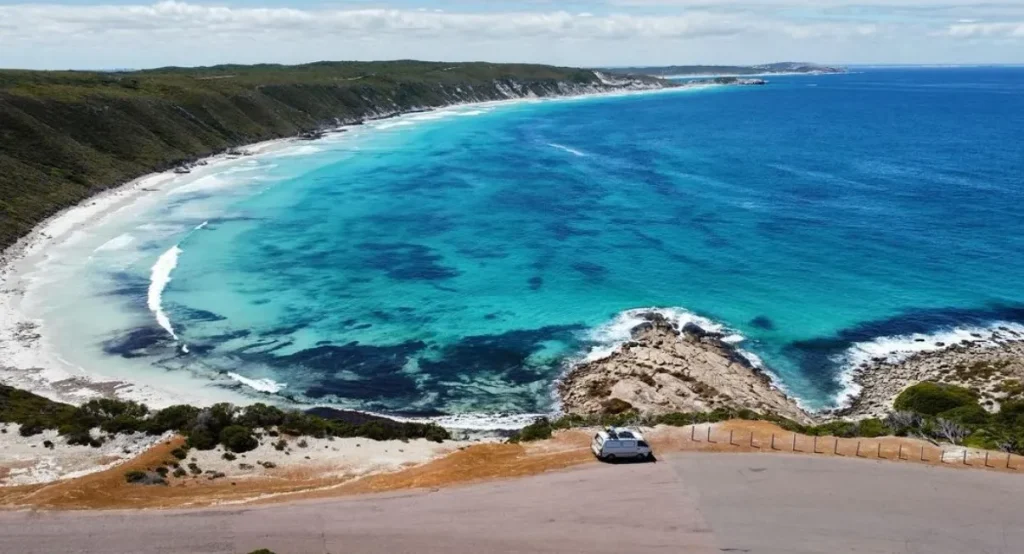
While the Grampians is a must-see for wildlife enthusiasts, Australia has many other wildlife hotspots to explore:
- Phillip Island: Famous for the penguin parade, where you can watch little penguins return to their burrows after a day of fishing.
- Kangaroo Island: This island sanctuary has a wide range of Australian animals including sea lions, koalas and wild kangaroos. It’s often compared to the Grampians for its natural beauty and abundance of wildlife.
- Murramarang National Park: Along the southern coast of New South Wales this national park has stunning coastal views and plenty of bird and wildlife spotting opportunities.
- Tower Hill Wildlife Reserve: In South Australia this reserve has a wide variety of exotic mammals and native birds.
- Lucky Bay: Known for beach-dwelling kangaroos, this spot in Western Australia is where you can see wild kangaroos lounging on pristine beaches.
- Alice Springs and the Desert National Park: For those who want to see Australia’s desert wildlife, these destinations in Central Australia will give you a glimpse into animals that have adapted to the arid environment, including reptiles and hardy mammals like the bilby.
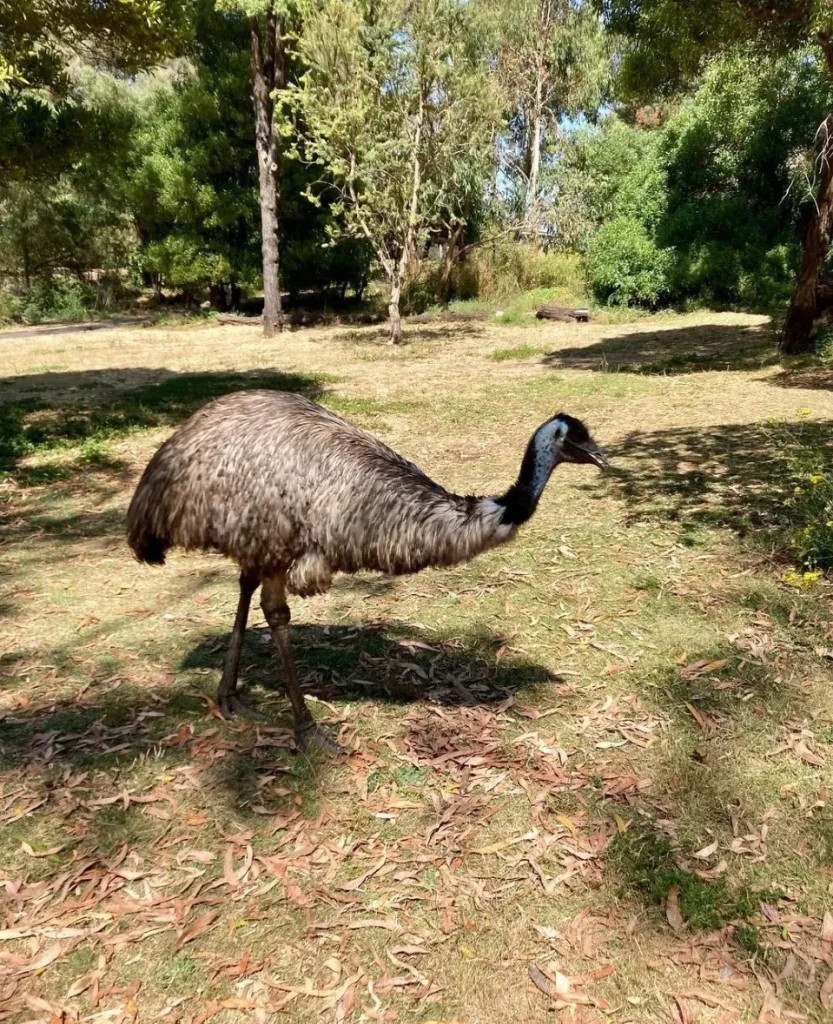
In summary the Grampians National Park is one of the best wildlife watching experiences in Australia. From the iconic wild kangaroos and adult emus to the more elusive koalas and echidnas the park’s native wildlife has endless opportunities for discovery. Whether you’re a first timer or a return visitor the Grampians will leave you in awe of Australia’s diversity of life.
FAQ
When is the best time to visit the Grampians to watch wildlife?
Early morning or late afternoon is the best time to see wild kangaroos and native birds. Cooler months autumn and winter are also good for wildlife watching.
Where can I see kangaroos in the Grampians?
Halls Gap and the surrounding open plains are the best places to see Eastern Grey kangaroos. Large mobs of kangaroos can be seen in these areas.
Are there guided wildlife tours in the Grampians National Park?
Yes, there are guided tours that offer an animal encounter experience. These tours are led by expert guides who will tell you about the park’s native wildlife, including wild kangaroos, emus and more.
Can I see koalas?
Koalas are less common than kangaroos but can be seen in the Grampians’ eucalyptus forests, around MacKenzie Falls, and in the Wartook Valley.
Where else can I see wildlife in Australia?
Apart from the Grampians, other wildlife hotspots include Phillip Island, Kangaroo Island, Tower Hill Wildlife Reserve and Lucky Bay. Each has its own unique wildlife experiences.
